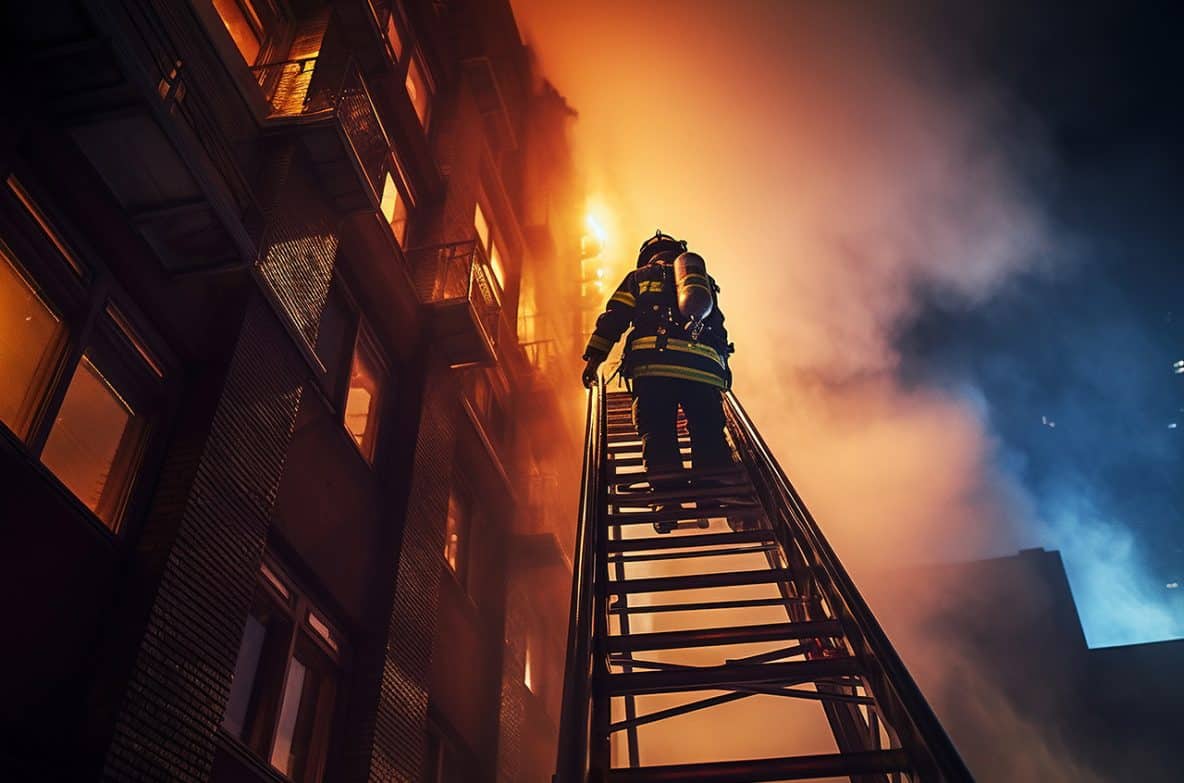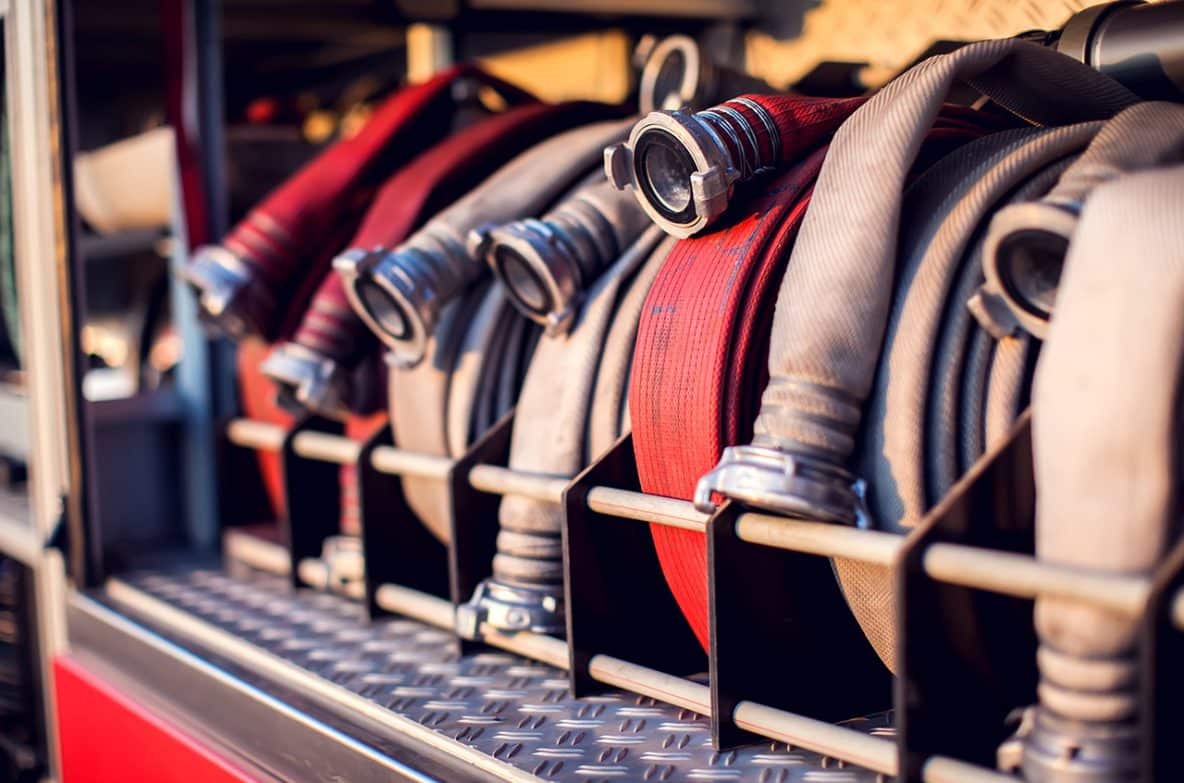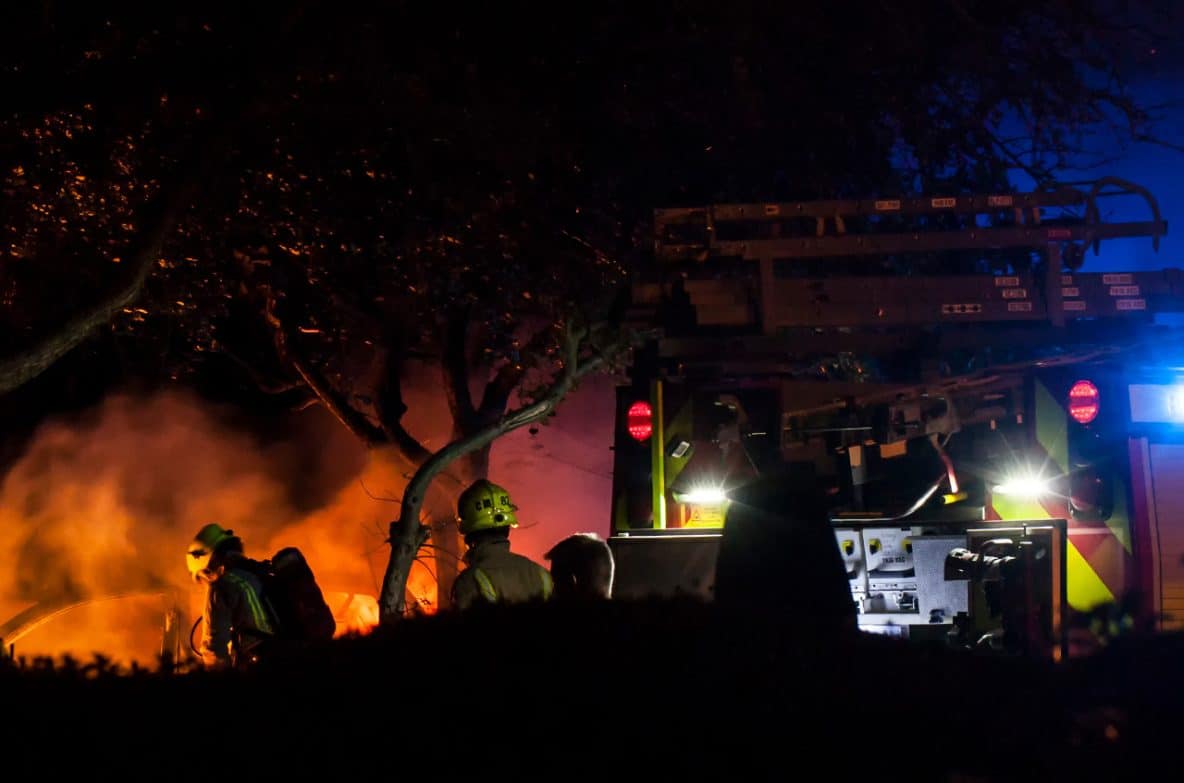The National Directorate for Fire & Emergency Management in Ireland has released a new fire safety guide focused on helping building owners and operators with fire safety. The guide helps with the fire safety responsibilities under section 18(2) of the Fire Services Acts 1981 and 2003, which place duties on individuals having control over all types of premises other than … Read More
E Bike and E Scooter Fires
London Fire Brigade have recently reported an increased number e-bike and e-scooter fires. As of the end of August 2023 there had been 116 fires involving e-bikes and scooter that is more than all of 2023 and higher than any other year. These fires included three fatalities and an additional 51 people injured. Concerns have been raised by a number … Read More
Consultation on Fire Safety of Upholstered Furniture
The Department for Business and Trade and the Office for Product Safety and Standards launched a consultation, starting 2nd August 2023, regarding a new approach to dealing with the fire safety of domestic upholstered furniture as a replacement to the existing Furniture and Furnishings (Fire) (Safety) Regulations 1988. The consultation is seeking feedback on proposals regarding: The scope of the … Read More
Environmental Agency Launches Consultation on Unlimited Fines for Polluters
A new consultation has been launched by the Environmental Agency to explore the possibility of unlimited fines for those who are the worst polluters. The consultation, which opened on August 15th and runs until October 8th, is seeking views on when penalties should be used, how they should be calculated, and the appeals process. The consultation considers removing the £250,000 … Read More
Pull Your Finger Out: Behaviour, Physical Features and Covid Risk
A recently published study by Dutch researchers assessed a number of behavioural and physical features such as nose picking, nail biting, wearing glasses, having a beard, and the risk of Covid infection among health workers. The study involved measuring Covid specific antibodies alongside a survey of behavioural and physical features at two university medical centres in the Netherlands. A total … Read More
Extension of CE Mark Recognition
Following the UK’s departure from the EU, the Government developed the UKCA (UK Conformity Assessment) as a replacement for the CE marking system to show that a product complies with basic safety requirements. Voluntary use of the new standard started in January 2021. The original date for a full transfer to UKCA had been set for 1st January 2022 for … Read More
Consultation on Amendments to Health Protection Notification Regulations
The Health Protection Notification Regulations 2010 (HPNR) were introduced to help the government respond effectively and quickly to newly discovered cases of infectious diseases and prevent their spread if they pose such a risk. In the wake of COVID, the Government has been considering adding a number of amendments to the regulations in order to ensure the discovery of infectious … Read More
Latest Workplace Fatality Statistics Released
The HSE have published figures for work-related fatalities in Great Britain for the period of 2022 to 2023. During this period a total of 135 workers were killed in work related incidents. While this represents an increase of 12 from the 123 recorded the year before, it is important to note that the coronavirus pandemic would have influenced this figure … Read More
New Fire Safety Guidance for Responsible Persons
In England and Wales the Regulatory Reform (Fire Safety) Order 2005 sets out the duties that apply to persons responsible for fire safety in non-domestic premises such as workplaces and in the communal parts of shared residential buildings such as corridors and stairways in blocks of flats. Following on from the Grenfell Tower fire the Building Safety Act 2022 introduced … Read More
Fire Alarm Response in Scotland
Individual fire authorities are responsible for creating appropriate strategies for their own area. With limited resources and many calls on those resources fire authorities have to make difficult decisions about how they allocate those resources. Sometimes those decisions can be controversial, response to fire alarms is sometimes a sensitive area. The latest figures from Scotland show that in 2021-2022 there … Read More









